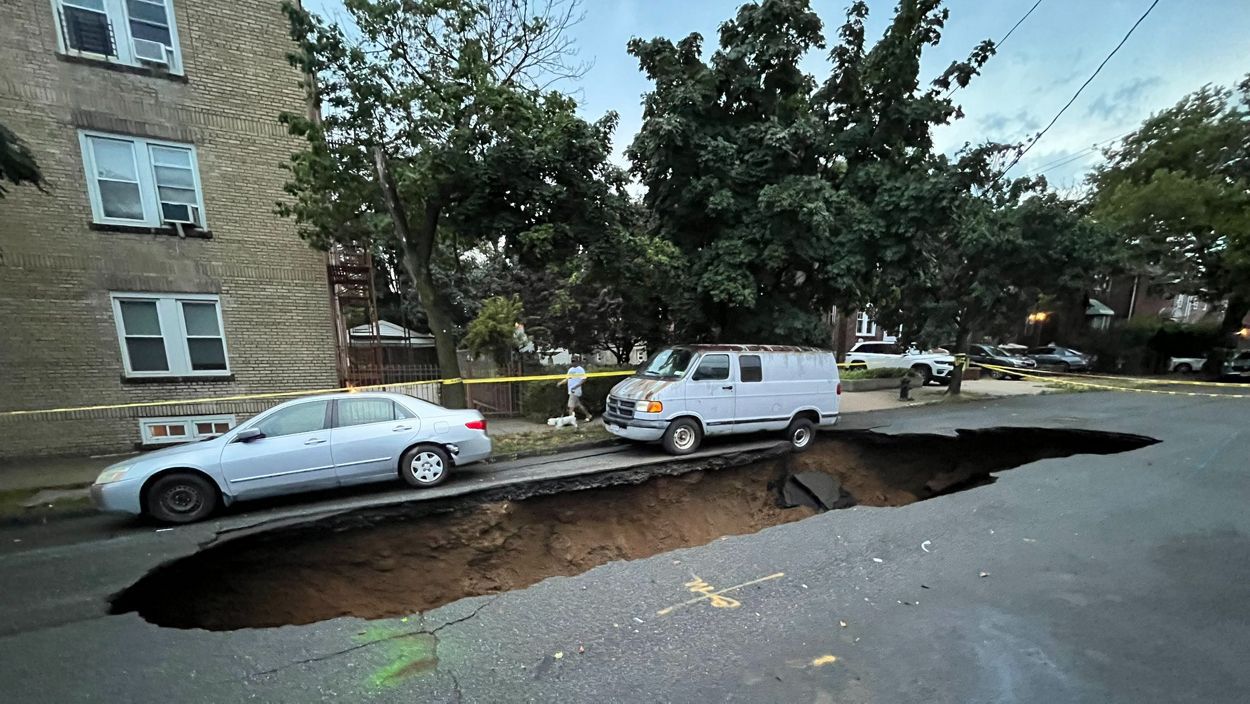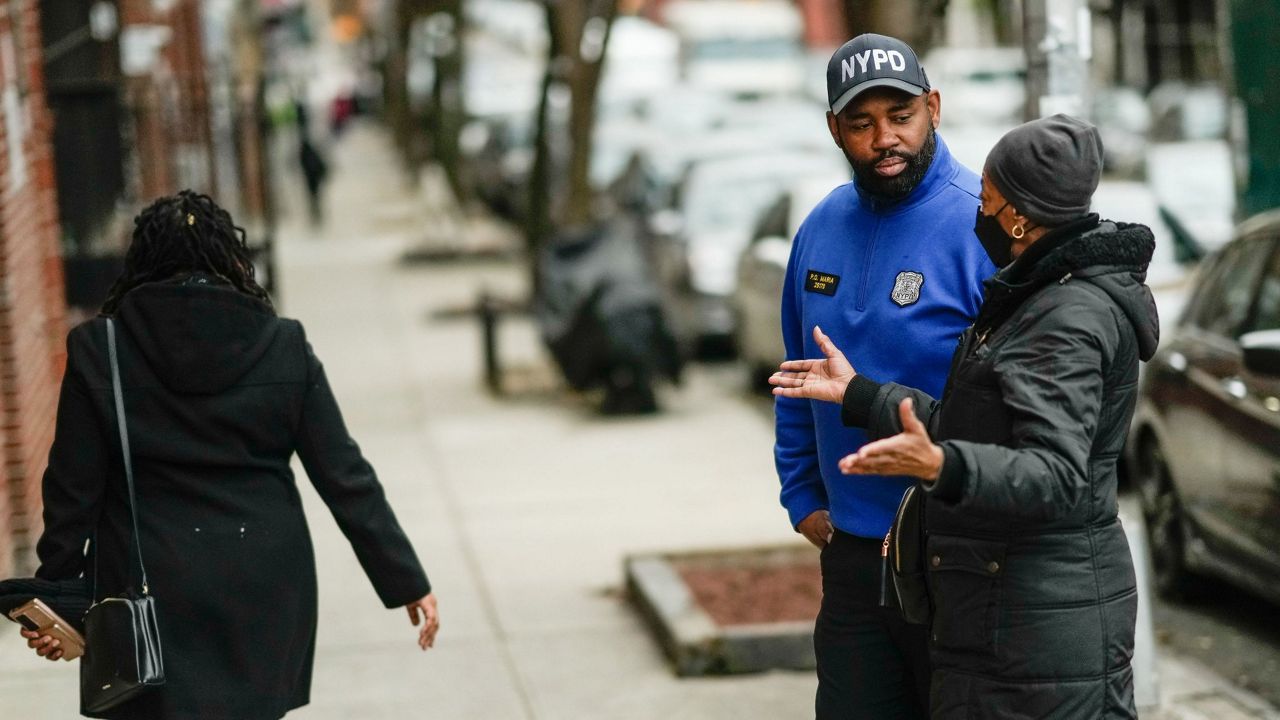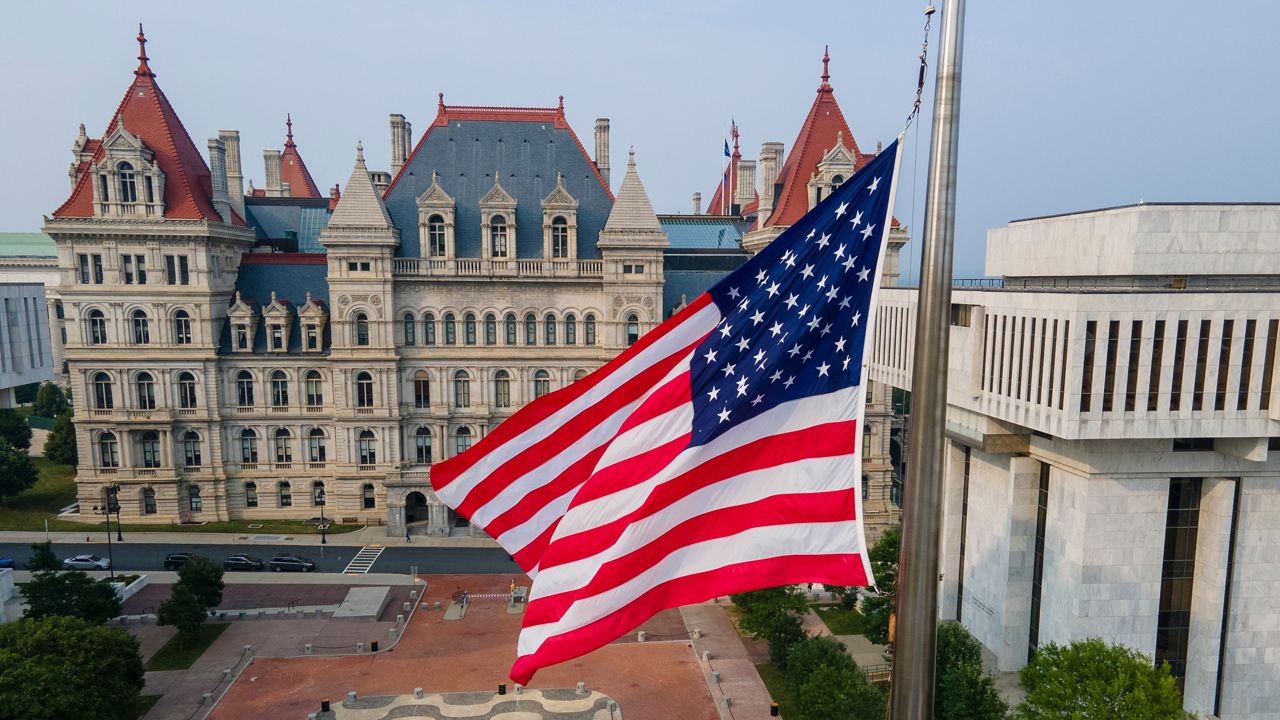In July, a sinkhole formed on a street in the Morris Park neighborhood of the Bronx after an afternoon of severe rain, eventually widening to nearly 900 square feet in area and 20 feet in depth. A video of a white van tipping over into the whole went viral across social media.
That stretch of road also saw a sinkhole form last year — and has another one developing now, as homeowners along the street continue to experience sporadic flooding from sewer backups, Councilwoman Marjorie Velazquez said Tuesday at an oversight hearing on climate risks to city infrastructure.
The sewer dates to 1916. Yet while it is old, its design, perhaps not repeated anywhere else in the city, is what made it fail after significant rain, Rohit Aggarwala, the commissioner of the Department of Environmental Protection, said at the hearing.
As the DEP prepares to replace the line, he said, it is a sign of how much work the city has to do to understand how, and where, it needs to fortify its patchwork and aging infrastructure for rising heat and intense rainfall. Until the city is better informed, residents will need to accept stopgap measures, he said.
“We are going to have to give up things that we like. We are going to have to put up with inconvenience,” Aggarwala said.
The hearing gathered officials from the DEP, the transportation department and the Mayor’s Office of Climate and Environmental Justice. Aggarwala described far-reaching efforts to collect more data on the city’s environment, as well as administration efforts to coordinate fixes across multiple agencies and identify federal sources of funding.
Currently, the officials said, the city is installing real-time flood sensors around the boroughs; modeling how climate change will affect the city’s water supply; testing a new, “data-based approach” to cleaning catchment basins; testing how to bring more porous pavement to city streets to avoid flash flooding; conducting full-scale studies of each of the city’s distinct sewer “drainage districts”; and working with the U.S. Geological Survey to create a full map of the city’s underground hydrology.
Council members pressed the officials on existing programs they said have not moved with sufficient speed or reached a wide enough range of residents, from distributing air conditioning units in areas that see heightened heat risks and inflatable dams to homes that are most likely to flood during rainstorms.
Councilwoman Selvena Brooks-Powers asked if the agencies were being proactive in addressing street cave-ins and sinkholes, which have seen rising 311 complaints in recent years.
The city currently identifies about 7,000 sinkholes or cave-ins each year, said Vincent Sapienza, the DEP’s chief operating officer, and numbers have risen in recent years due to increasing rain and road usage. They occur randomly, he said, sometimes on newly built or redone streets.
“We don't know exactly what we would do with more money that would systematically reduce the likelihood of sinkholes,” Aggarwala said. “If something is random, you can fix whatever you want and it may not have an effect on the number you want to target.”
More such sinkholes will come as the city gets more rainfall, Aggarwala said, either with the rain overwhelming the sewer system and leading to breaks, or washing out soil underneath roads and causing air gaps.
The city is also still working through a projected $2 billion effort to bring storm sewers to Southeast Queens, where homes have seen flooding even from typical rainstorms for decades.
The city has $620 million in construction work either completed or in process, with $200 million in work slated each year through the end of the decade, Sapienza said.
Yet some residents around an intersection in Jamaica saw renewed flooding following two city construction efforts that amounted to months of work on their block aimed at preventing flooding, said Councilwoman Nantasha Williams.
Sapienza said that city-funded crews had to go back to the same area twice in order to “improve it even more.”
Efforts to ameliorate flooding by lowering the water table in that area, Aggarwala said, would be complicated by the fact that neighboring Nassau County draws its water supply from the same underground pools.
Aggarwala also said that 1,500 homeowners have been in contact with the department about an effort to distribute inflatable dams to homes that the city projected to be at high risk of flooding from rainfall — out of about 24,000 properties at-risk residences identified in city maps.
“Maybe it's a question of communication,” Councilman Ari Kagan said. “I’m sure that many people are just not aware of this program.”
Aggarwala said he considered the response heartening, since the program was chiefly meant to raise awareness about flood risk instead of serving as a long-term solution.
“For a new program that we start over the summer when people are not paying attention to every piece of mail they receive, I was reasonably pleased with the response we got,” he said. “That is what's in our future: a number of band-aids to get us through the period of time it takes to get our infrastructure to where it needs to be.”








